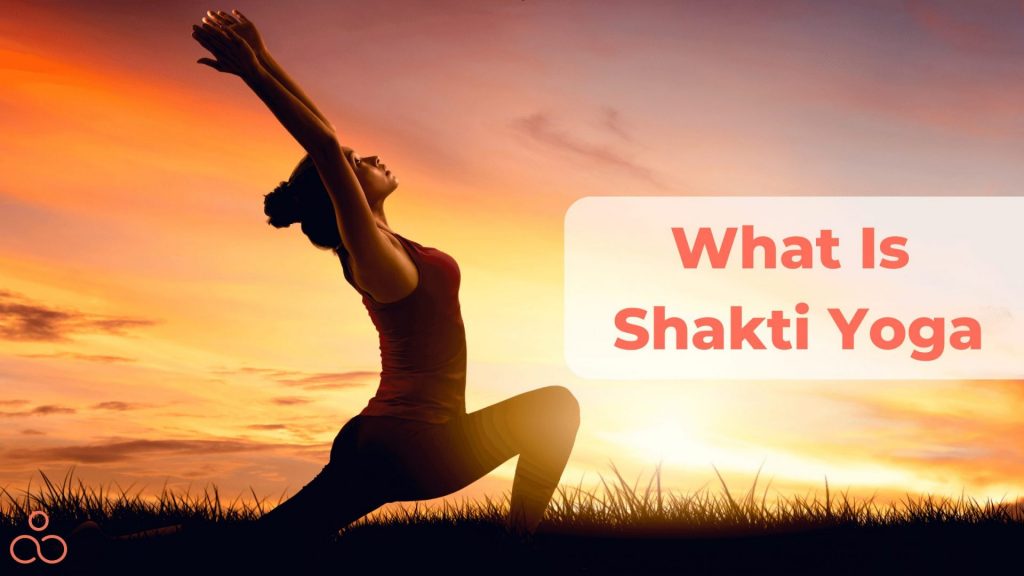Welcome to the empowering world of Shakti Yoga! Are you ready to unleash your inner strength and embrace your divine feminine energy? Shakti Yoga, rooted in ancient Indian traditions, is a dynamic practice that honors the powerful force within us.
So, what is Shakti Yoga? It’s a transformative journey that combines movement, breathwork, and meditation to awaken and connect with the Shakti energy, fostering balance, vitality, and self-realization. Are you ready to tap into your limitless potential and embrace the essence of Shakti Yoga?
What is Shakti Yoga?
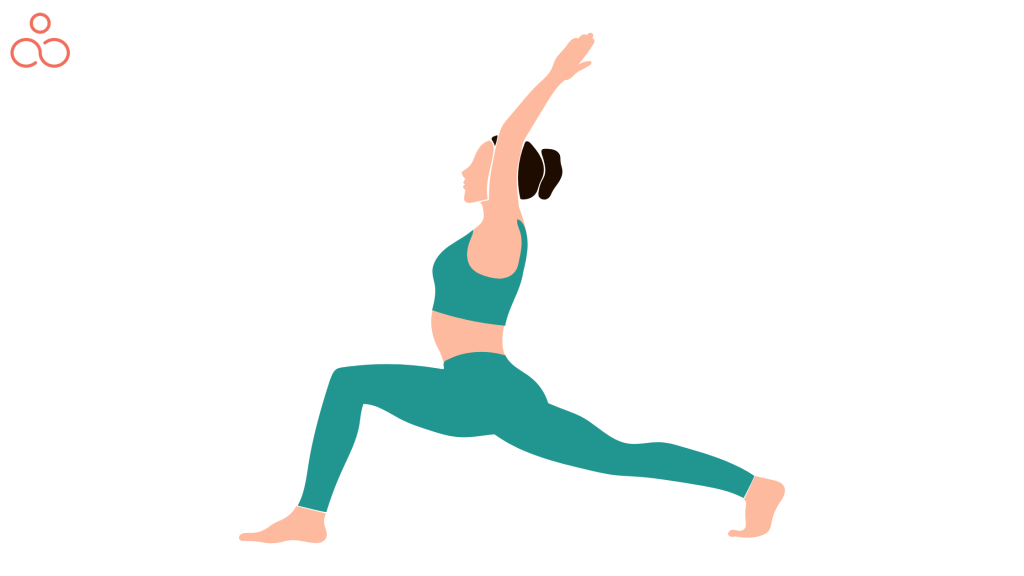
Unleash your inner power with Shakti Yoga, the path to embracing your divine feminine energy and igniting your limitless potential. Picture yourself in a dynamic practice that weaves together movement, breathwork, and meditation, guiding you on a transformative journey like no other. Feel the pulse of Shakti as it courses through your body, invigorating every cell and awakening your spirit.
Through a series of empowering asanas, you’ll cultivate strength, flexibility, and balance, while connecting deeply with the vibrant energy within you. Harness the power of breath, as Pranayama techniques energize your being, clearing blockages and revitalizing your entire system. Dive into meditation, where you’ll experience the profound stillness and expand your consciousness, tapping into the wellspring of Shakti within. Embrace the sacred rituals and devotional practices, infusing your daily life with grace and reverence. Shakti Yoga is not just a practice; it’s a way of life that empowers you to shine brightly, express yourself fully, and embody the radiant force that resides within. Step onto the path of Shakti Yoga and unlock the extraordinary power that lies within you.
Who is shakti yoga for?
Shakti Yoga is for anyone who seeks to connect with and awaken the divine feminine energy within themselves. It is a path that invites individuals of all genders to embrace and honor the innate power, creativity, and intuition that resides within. Shakti Yoga is particularly beneficial for those who wish to cultivate a deeper sense of self-awareness, empowerment, and spiritual growth.
This practice can be especially transformative for individuals seeking to balance and integrate their masculine and feminine energies, as it emphasizes the nurturing, creative, and dynamic aspects of the divine feminine. It can be a powerful tool for those looking to explore their authentic expression, unlock their creative potential, and tap into their intuitive wisdom.
Shakti Yoga welcomes practitioners of all levels, from beginners to experienced yogis, as it offers a diverse range of practices that can be adapted to suit individual needs and capabilities. Ultimately, Shakti Yoga provides a sacred space for individuals to reconnect with their inner power, embrace their divine essence, and embark on a transformative journey of self-discovery.
3 Forms of Shakti Yoga
Shakti Yoga, a path of awakening and honouring the divine feminine energy within, encompasses three essential forms of Shakti: Iccha Shakti, Jnana Shakti, and Kriya Shakti. In Shakti Yoga, we delve into the power of will, the wisdom of knowledge, and the transformative energy of action to embody the full potential of the divine feminine essence within ourselves.
Let’s explore each of them:
- Iccha Shakti: Iccha Shakti refers to the power of will and desire. It represents the divine energy that fuels intention, motivation, and determination. Iccha Shakti empowers individuals to set goals, make choices, and manifest their desires. It is the driving force behind creation and transformation.
- Jnana Shakti: Jnana Shakti is the power of knowledge and wisdom. It embodies the intellectual and intuitive capacities of the mind. Jnana Shakti enables individuals to gain insights, discern truth, and attain self-realization. It is associated with spiritual enlightenment and the awakening of higher consciousness.
- Kriya Shakti: Kriya Shakti refers to the power of action and manifestation. It represents the energy that drives practical activity, effort, and the ability to bring ideas into tangible reality. Kriya Shakti empowers individuals to engage in disciplined practices, perform rituals, and engage in transformative actions that lead to personal and spiritual growth.
Types of Shakti yoga: techniques and benefits
Unlock the transformative power of Shakti Yoga and discover a path to holistic well-being. Here’s a tabular form outlining different types of Shakti Yoga, their corresponding techniques, and the associated benefits:
| Type of Shakti Yoga | Techniques | Benefits |
| Shakti Flow Yoga | Dynamic asanas, breathwork, and fluid movements | Increased strength FlexibilityVitality Mind-Body connection. |
| Kundalini Yoga | Asanas, pranayama, mantra chanting, and meditation | Activated Kundalini energy Balanced chakras Spiritual awakeningHeightened self-awareness Intuition |
| Yin Shakti Yoga | Gentle, long-held poses, breath awareness | Deep relaxation Increased flexibilityJoint mobilityBalanced energies, MindfulnessIntrospection |
| Bhakti Shakti Yoga | Devotional practices, mantra chanting, meditation | Deepened devotion CompassionGratitudeEmotional healingInner joy |
| Goddess Yoga | Embodiment exercises, visualization, meditation | EmpowermentSelf-loveCreativityIntuitionConfidenceInner strength |
10 Shakti Yoga Asanas
Here’s a comprehensive list of asanas involved in Shakti Yoga, along with the technique to perform them and their benefits, presented in points:
Technique:
- Stand with feet wide apart, toes pointing outwards.
- Bend your knees
- Lower your hips
- Bring your arms to a comfortable position
Benefits:
- Strengthens the lower body
- Opens the hips
- Enhances stability
- Cultivates grounding and empowerment
Technique:
- Lie on your stomach
- Place your palms near your shoulders
- Gently lift your chest off the ground while keeping your legs extended
Benefits:
- Stretches the spine
- Strengthens the back muscles
- Improves posture
- Stimulates the abdominal organs
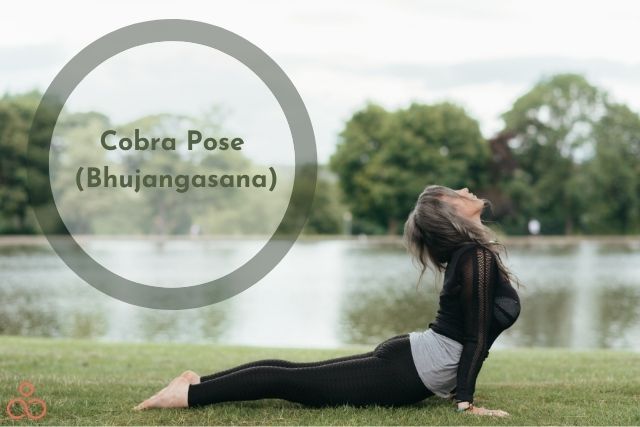
- Warrior II Pose (Virabhadrasana II)
Technique:
- Stand with feet wide apart
- Turn one foot outwards
- Extend your arms parallel to the ground.
- Bend the front knee while keeping the back leg straight
Benefits:
- Builds strength and endurance
- Improves balance
- Opens the hips and chest
- Cultivates focus and determination
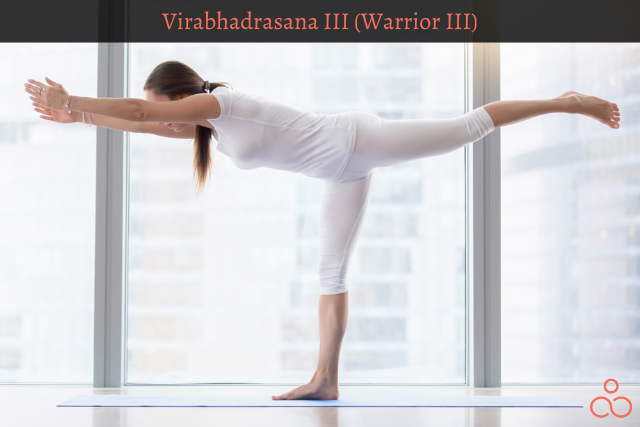
- Wide-Legged Forward Fold (Prasarita Padottanasana)
Technique:
- Stand with legs wide apart
- Hinge forward from the hips
- Bring your hands to the ground or hold opposite elbows
Benefits:
- Stretches the hamstrings and inner thighs
- Calms the mind
- Relieves stress
- Improves digestion
- Goddess Victory Squat (Urdhva Hastasana Variation)
Technique:
- Begin in a Goddess Pose
- Then lift your arms overhead
- Interlace your fingers
- Point your index fingers towards the sky
Benefits:
- Opens the heart center
- Stretches the shoulders and upper back
- Increases energy flow
- Promotes a sense of victory and confidence
- Triangle Pose (Trikonasana)
Technique:
- Stand with feet wide apart
- Turn one foot outwards
- Extend your arms to the sides
- reach forward with one hand while keeping the other hand raised
Benefits:
- Stretches and strengthens the legs
- Improves balance
- Stimulates digestion
- Open the chest and shoulders

- Bridge Pose (Setu Bandhasana)
Technique:
- Lie on your back
- bend your knees
- place your feet hip-distance apart
- lift your hips off the ground while pressing your shoulders and arms down
Benefits:
- Strengthens the back and glutes
- Opens the chest and shoulders
- Improves spinal flexibility
- Calms the mind

- Bound Angle Pose (Baddha Konasana)
Technique:
- Sit with the soles of your feet together
- Hold onto your feet or ankles
- Gently press your knees towards the ground
Benefits:
- Opens the hips and groin
- Stimulates the abdominal organs
- Improves circulation
- Promotes relaxation

- Supported Headstand (Salamba Sirsasana)
Technique:
- Begin on your knees
- Interlace your fingers and place them on the ground
- Rest the top of your head on the interlaced hands
- Lift your legs into a vertical position
Benefits:
- Enhances circulation and blood flow to the brain
- Strengthens the upper body and core
- Improves focus and concentration
- Boosts confidence
Technique:
- Lie on your back, legs extended, arms relaxed by your sides
- Close your eyes
- Focus on deep relaxation and conscious breathing
Benefits:
- Promotes deep relaxation and stress relief
- Reduces anxiety and fatigue
- Calms the nervous system
- Integrates the benefits of the practice

By practicing these asanas with proper technique and alignment, you can experience the physical, mental, and energetic benefits of Shakti Yoga. Remember to listen to your body, honor your limits, and seek guidance from a qualified yoga instructor for a safe and personalized practice.
What is Prana Shakti Yoga?
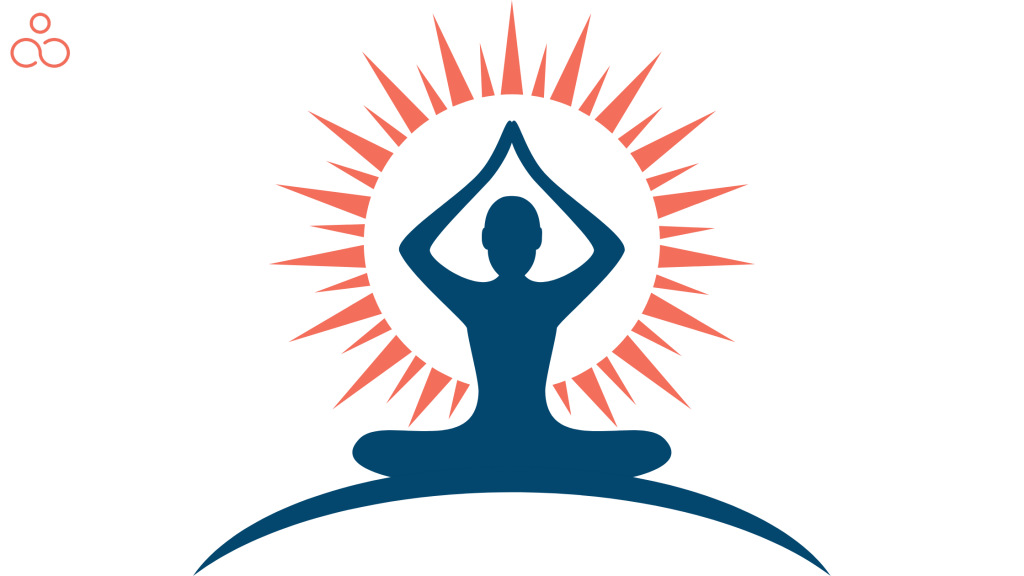
Connected to the various types of Shakti Yoga, Prana Shakti Yoga is a specific practice that focuses on harnessing and cultivating the vital life force energy known as prana. Through specific techniques and practices, Prana Shakti Yoga aims to activate, balance, and direct this energy for holistic well-being. Let’s explore more about Prana Shakti Yoga and its benefits.
Prana Shakti Yoga is deeply rooted in the understanding that prana is the essence of life and the driving force behind all aspects of existence. This practice recognizes that by consciously working with prana, we can enhance our vitality, clarity, and overall health. Prana Shakti Yoga utilizes various techniques, including breathwork (pranayama), specific asanas, and meditation, to awaken and channelize the pranic energy within the body.
Benefits of Prana Shakti Yoga
- Increased Energy Flow: By focusing on prana, this practice enhances the flow of vital energy throughout the body, boosting overall vitality and stamina.
- Balancing the Energy Centers: Prana Shakti Yoga helps to balance and activate the energy centers or chakras in the body, promoting optimal physical, emotional, and spiritual well-being.
- Heightened Awareness and Focus: Through specific pranayama techniques, Prana Shakti Yoga improves concentration, mental clarity, and awareness, supporting greater mindfulness in daily life.
- Stress Relief and Relaxation: The practice of Prana Shakti Yoga, particularly through calming breathwork and meditation, helps to reduce stress, calm the nervous system, and induce deep relaxation.
- Enhanced Pranic Healing: By working with prana, this yoga practice can support the healing process, facilitating physical, emotional, and energetic healing.
- Improved Respiratory Function: Prana Shakti Yoga incorporates breathwork exercises that expand lung capacity, improve respiratory health, and increase oxygenation in the body.
- Mind-Body Connection: Through the integration of specific asanas and pranayama techniques, Prana Shakti Yoga deepens the mind-body connection, allowing for a greater sense of harmony and balance.
- Emotional Balance: The practice of Prana Shakti Yoga helps to regulate and balance emotions, promoting a greater sense of inner peace, joy, and emotional well-being.
- Enhanced Vitality and Radiance: By cultivating prana, practitioners of Prana Shakti Yoga often experience an increase in overall vitality, radiance, and a sense of well-being.
- Spiritual Awakening: Through the focused practice of Prana Shakti Yoga, individuals may experience a deepening of their spiritual connection, inner growth, and a greater sense of oneness with the universe.
Prana Shakti Yoga offers a profound journey into the exploration of pranic energy, enabling practitioners to tap into their innate life force and experience a heightened sense of vitality, balance, and well-being.
What is Shiva Shakti Yoga?
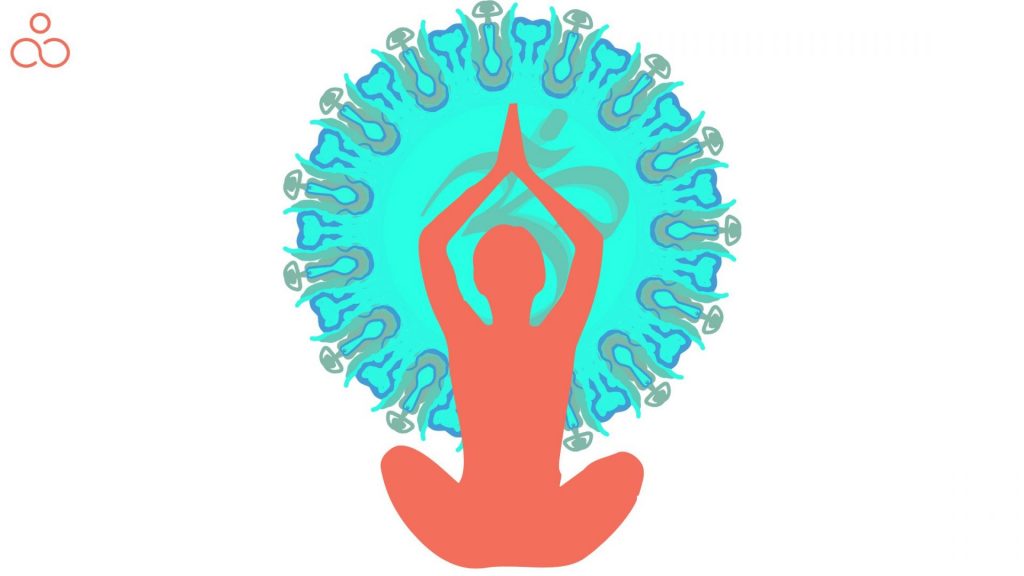
A little similar to the concept of Prana Shakti Yoga, Shiva Shakti Yoga is a practice that focuses on the dynamic interplay and union of the masculine and feminine energies within us. It recognizes the balance and integration of the divine energies of Shiva (masculine) and Shakti (feminine) as the key to awakening higher consciousness. Let us now delve into the essence of Shiva Shakti Yoga.
Shiva Shakti Yoga is rooted in the understanding that the entire universe is sustained by the interplay of the divine energies of Shiva and Shakti. Shiva represents the pure consciousness, while Shakti represents the dynamic creative power. This yoga practice aims to harmonize and unite these energies within ourselves, allowing for the realization of our full potential and the awakening of higher states of consciousness.
Benefits of Shiva Shakti Yoga:
- Balancing Masculine and Feminine Energies: Shiva Shakti Yoga helps individuals recognize, honor, and harmonize the masculine and feminine aspects within themselves, leading to a sense of wholeness and balance.
- Integration of Strength and Softness: By integrating the qualities of strength, determination, and assertiveness (Shiva) with compassion, nurturing, and intuition (Shakti), this practice cultivates a harmonious blend of these qualities in daily life.
- Awakening Kundalini Energy: Shiva Shakti Yoga supports the awakening and upward movement of Kundalini energy, leading to higher states of consciousness, expanded awareness, and spiritual growth.
- Cultivating Inner Union: This practice facilitates the recognition and integration of the dualities within ourselves, enabling the union of the mind and body, the individual self with the divine, and the experience of unity and oneness.
- Harmonizing Relationships: Shiva Shakti Yoga helps individuals develop healthier and more balanced relationships by cultivating understanding, empathy, and mutual respect between masculine and feminine energies.
- Enhanced Creative Expression: By honoring and balancing the creative forces of Shiva and Shakti, this practice supports individuals in expressing their unique creativity, innovation, and self-expression.
- Deepening Self-Reflection: Shiva Shakti Yoga invites introspection and self-inquiry, allowing individuals to explore their inner landscapes, uncover limiting beliefs, and transform patterns that no longer serve them.
- Strengthening Spiritual Connection: Through the integration of Shiva and Shakti energies, practitioners of Shiva Shakti Yoga deepen their spiritual connection, experiencing a sense of transcendence and alignment with the divine.
- Cultivating Inner Harmony: This practice fosters a sense of inner peace, balance, and harmony, helping individuals navigate the complexities of life with grace and equanimity.
- Embodied Wholeness: Shiva Shakti Yoga encourages individuals to embrace their inherent wholeness and recognize the divine essence within themselves, leading to a profound sense of self-acceptance, empowerment, and love.
Shiva Shakti Yoga offers a transformative journey of self-discovery, inner integration, and spiritual growth. By embracing the divine union of Shiva and Shakti energies, practitioners can experience profound shifts in consciousness, a deeper connection with themselves and the world around them, and a more balanced and harmonious way of being. It is recommended to approach this practice with reverence, seek guidance from experienced teachers, and allow the transformative power of Shiva Shakti Yoga to unfold organically.
Shakti vs Shiva forms of Yoga
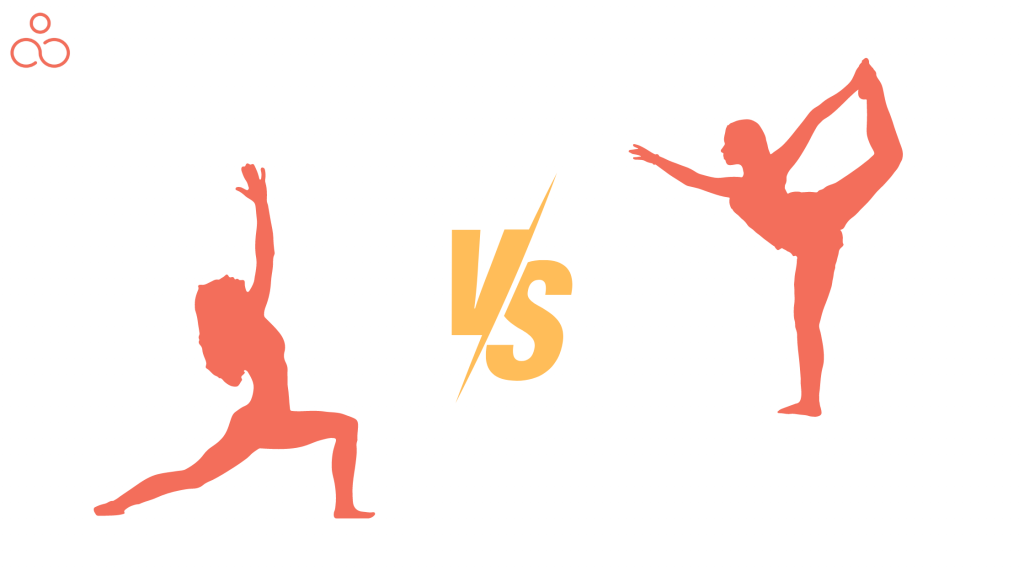
Shakti Yoga and Shiva Yoga are two distinct paths that delve into the realms of divine energy, each embodying unique qualities and approaches.
Here’s a tabular comparison of Shakti Yoga and Shiva Yoga across different parameters:
| Parameter | Shakti Yoga | Shiva Yoga |
| Focus | Harnessing and celebrating the divine feminine energy (Shakti) | Cultivating and embodying the divine masculine energy (Shiva) |
| Energy | Active, creative, nurturing | Still, meditative, transcendent |
| Qualities | Empowerment, creativity, transformation | Stillness, detachment, transcendence, spiritual evolution |
| Symbolism | Goddesses such as Durga, Kali, Saraswati | Lord Shiva, the meditating ascetic |
| Purpose | Awakening dormant energy, spiritual growth | Attaining higher states of consciousness, self-realization |
| Balancing | Balancing the feminine aspects within oneself | Balancing the masculine aspects within oneself |
Chakras and Colours
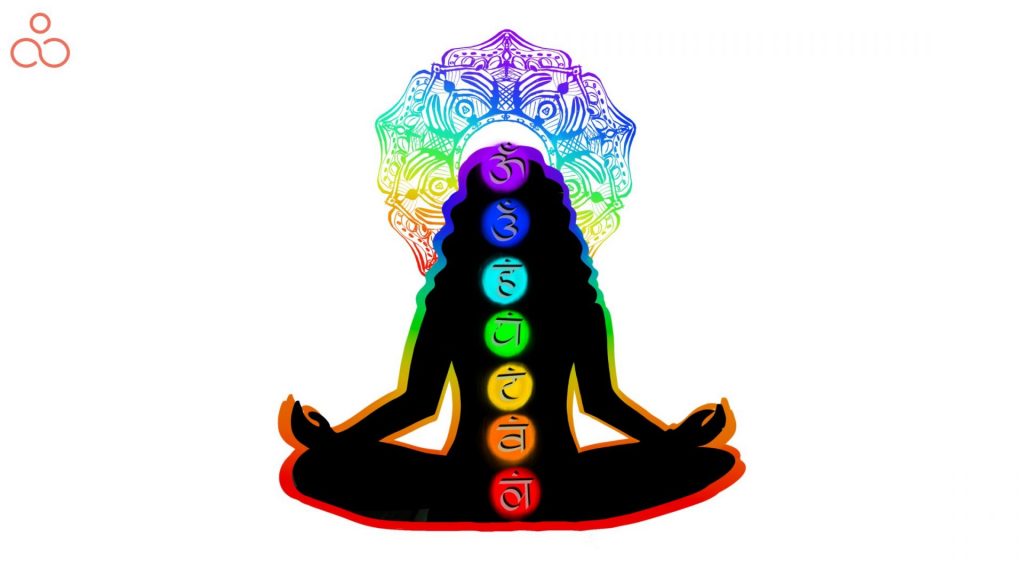
The practice of yoga encompasses a profound understanding of the energy centers within the body, known as chakras. In Shakti Yoga, Shiva Yoga, and Prana Yoga, these chakras are honored and harmonized, each with their unique qualities and associated colors, creating a vibrant tapestry of spiritual exploration and transformation.
Let us explore the chakras and their corresponding colors in each of these yogic paths, as we delve into the realms of divine energy and self-discovery.
- Shakti Yoga: In Shakti Yoga, the Sacral Chakra, known as the Svadhisthana, holds a prominent place. Located in the lower abdomen, it is the energy center associated with creativity, sensuality, and emotional balance. Through Shakti Yoga practices, such as flowing movements, hip-opening postures, and meditation, the Sacral Chakra is awakened and harmonized, allowing the vibrant and transformative power of Shakti to flow freely, nurturing our creative expression and emotional well-being.
Colour: Orange
- Shiva Shakti Yoga: In the practice of Shiva Shakti Yoga, the Muladhara Chakra takes center stage. Located at the base of the spine, the Muladhara Chakra represents the foundation, stability, and primal energy. Through the integration of Shiva (masculine) and Shakti (feminine) energies, Shiva Shakti Yoga seeks to balance and activate the Muladhara Chakra. Grounding practices, such as standing poses, breathwork, and meditation, are employed to awaken and strengthen this chakra, facilitating a strong connection with the Earth and the deep reservoirs of inner power and stability inherent within us.
Colour: Red
- Prana Shakti Yoga: In the practice of Prana Shakti Yoga, the Ajna Chakra holds significant importance. Situated in the center of the forehead, the Ajna Chakra is often referred to as the Third Eye. It represents intuition, insight, and inner wisdom. Through Prana Shakti Yoga practices, including pranayama (breathwork), meditation, and visualization, the Ajna Chakra is awakened and balanced. By cultivating awareness and focusing the mind’s eye, Prana Shakti Yoga enhances the connection with our inner guidance, heightens intuition, and deepens our spiritual perception, allowing us to access higher states of consciousness and profound self-realization.
Colour: Indigo
Shakti in Daily life
Incorporating the essence of Shakti into daily life can infuse your existence with vitality, empowerment, and a deeper connection to the divine feminine energy. Here are some tips to embrace and embody Shakti in your everyday life:
- Embrace Your Authentic Self: Recognize and celebrate your unique qualities, talents, and strengths. Embrace your true essence, and let go of societal expectations or limitations that may hinder your self-expression.
- Cultivate Self-Love and Self-Care: Prioritize self-care practices that nourish your mind, body, and spirit. Engage in activities that bring you joy, practice self-compassion, and set healthy boundaries to honor your needs.
- Connect with Nature: Spend time in nature to tap into the primal energy and healing power it offers. Ground yourself by walking barefoot, practice outdoor meditation, or simply immerse yourself in the beauty of the natural world.
- Engage in Creative Expression: Embrace your creativity and allow it to flow in various forms, whether through art, writing, dancing, or any other medium that resonates with you. Creative expression is a powerful way to channel Shakti energy.
- Honor Your Intuition: Listen to your inner voice and trust your intuition. Tune in to your gut feelings and instincts, and allow them to guide you in making decisions aligned with your highest good.
- Practice Mindful Movement: Engage in yoga, dance, or any form of mindful movement that allows you to connect with your body and awaken the flow of Shakti energy within you. Move with intention and awareness, honoring the wisdom of your body.
- Express Gratitude: Cultivate a daily gratitude practice to acknowledge and appreciate the blessings in your life. Expressing gratitude opens your heart and invites more abundance and positivity.
- Seek Wisdom and Knowledge: Engage in spiritual practices, read books, attend workshops, or seek guidance from teachers who embody and share the wisdom of Shakti. Continuously learn and explore the depths of the divine feminine energy.
- Embrace the Power of Rituals: Incorporate sacred rituals into your daily routine, such as lighting candles, setting intentions, chanting mantras, or creating altars. Rituals help you connect with the sacredness of life and honor the presence of Shakti within you.
By incorporating these practices into your daily life, you can tap into the transformative power of Shakti and experience a profound shift in your connection to yourself, others, and the world around you. Embrace the divine feminine energy within you and allow it to guide you on a path of empowerment, joy, and spiritual growth.
FAQs
What is Shakti Yoga?
Shakti Yoga is a spiritual and energetic practice that focuses on harnessing and channeling the divine feminine energy, known as Shakti. It involves various techniques, including asanas, breathwork, meditation, and mantra chanting, to awaken and activate this potent energy within oneself.
What does the term “Shakti” mean?
“Shakti” is a Sanskrit word that translates to “power” or “energy.” It represents the divine, creative, and transformative feminine energy that is present in the universe and within each individual.
What are the main principles of Shakti Yoga?
Shakti Yoga is rooted in the principles of honoring the divine feminine, embracing the interconnectedness of all beings, awakening the dormant energy within, and embodying empowerment, grace, and self-realization.
How does Shakti Yoga differ from other forms of yoga?
While Shakti Yoga incorporates physical postures like other forms of yoga, its primary focus is on awakening and harnessing the divine feminine energy. It emphasizes the balance and integration of both masculine and feminine aspects within oneself.
What are the benefits of practicing Shakti Yoga?
The practice of Shakti Yoga offers numerous benefits, including increased vitality, emotional balance, enhanced creativity, improved self-confidence, deeper spiritual connection, and a greater sense of empowerment and self-realization.
Can anyone practice Shakti Yoga?
Yes, Shakti Yoga is accessible to everyone regardless of age, gender, or fitness level. The practices can be modified to suit individual needs and limitations. However, it is recommended to seek guidance from a qualified teacher to ensure proper understanding and alignment.
How does Shakti Yoga relate to the goddess traditions?
Shakti Yoga is closely intertwined with the goddess traditions found in various cultures and spiritual paths. It acknowledges and reveres the divine feminine in her different forms and attributes, celebrating the qualities of strength, nurturing, creativity, and wisdom.
Is Shakti Yoga a religious practice?
Shakti Yoga is not limited to any particular religion but has roots in Hinduism and Tantra. It can be practiced by individuals from different religious backgrounds as a means to explore and cultivate the divine feminine energy within themselves.
Can Shakti Yoga help with emotional healing?
Yes, Shakti Yoga can support emotional healing by creating a safe space for self-exploration, self-acceptance, and emotional release. The practices help in developing emotional intelligence, inner strength, and the ability to embrace and transform challenging emotions.
How can one incorporate Shakti Yoga into daily life?
Incorporating Shakti Yoga into daily life involves embracing the qualities of the divine feminine, such as intuition, compassion, and creativity, in everyday activities. This can be done through conscious breathwork, mindful movement, setting intentions, and practicing self-care and self-love.
Conclusion
In summary, Shakti Yoga is the path that unveils the hidden power within. It is a practice of honoring the divine feminine energy, awakening inner strength, and embracing creative potential.
So, what is Shakti Yoga? It is the journey to discover your inherent brilliance and embrace the sacred dance of life.

